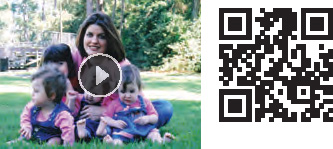3.1 An Introduction to Sensation and Perception
sensation and perception
GOOD MORNING, TRIPLETS
An Introduction to Sensation and Perception
GOOD MORNING, TRIPLETS
Long before the sun rises, Liz Allen is awake, making sure that her 13-year-old triplets Emma, Zoe, and Sophie make it to school on time. First she walks into the bedroom of Emma and Zoe.
The floor may be sprinkled with toys if Emma has been awake in the night. She likes to climb inside her toy box and toss out everything. Zoe is a better sleeper, but she too might be up for several hours at a time. “They’re pretty active at night,” explains Liz, who occasionally finds the girls wearing bathing suits in the morning. “They both love swimming.” Whatever they may be wearing, Emma and Zoe are almost certain to be sleeping in the same position: cuddled lengthwise, feet-to-head.
Gently shaking the girls, Liz says, “Wake up. Let’s get ready,” but she needn’t utter a word. She “speaks” to Emma and Zoe by moving her hands, and they “listen” by feeling her fingers dance through the motions of sign language. Emma and Zoe are completely blind and deaf. During the day, the triplets use cochlear implants, electronic devices that provide them with some degree of hearing. But these implants only provide a hearinglike experience; they do not “fix” deafness (UCSF Medical Center, 2012). (More about these “bionic ears” later.) The third triplet Sophie is easier to rouse. Though she is deaf and legally blind, Sophie does have limited vision. Flipping the light switch is enough to get her started on her morning routine.
Welcome to the world of Zoe, Sophie, and Emma. They are, as far as we know, the world’s only deaf and blind triplets.
LEARNING OBJECTIVES
after reading and studying this chapter, you should be able to:
- LO 1 Define sensation and perception and explain how they are different.
- LO 2 Define transduction and explain how it relates to sensation.
- LO 3 Describe and differentiate between absolute thresholds and difference thresholds.
- LO 4 Explain how electromagnetic energy is transduced into a sensation of vision.
- LO 5 Describe the function of rods and cones.
- LO 6 Compare and contrast the theories of color vision.
- LO 7 Summarize how sound waves are transduced into the sensation of hearing.
- LO 8 Illustrate how we sense different pitches of sound.
- LO 9 Describe the process of olfaction.
- LO 10 Discuss the structures involved in taste and describe how they work.
- LO 11 Describe how the biopsychosocial perspective is used to understand pain.
- LO 12 Illustrate how we sense the position and movement of our bodies.
- LO 13 Identify the principles of perceptual organization.
- LO 14 Identify concepts involved in depth perception.
- LO 15 Define extrasensory perception and explain why psychologists dismiss its legitimacy.
Sensation and Perception 101
LO 1 Define sensation and perception and explain how they are different.
Have you ever wondered what it may feel like to be blind and deaf? Most people are dependent on sights and sounds to accomplish virtually every daily activity, from buttering toast to answering a ringing phone. Thanks to eyes and ears, we can tell the difference between 12:00 noon and 12:00 midnight, soft jazz and a screaming ambulance, and a bottle of shampoo and a bottle of ketchup. Sights and sounds are a source for our thoughts and memories. When we think about people, we “see” their faces and “hear” their voices in our minds.
How does a deaf-blind person function in the world? We humans are adaptive creatures; when faced with a disability, we make the best of what we have. Emma, Zoe, and Sophie have come to rely on their other senses—touch, smell, and taste—to compensate for what they cannot see or hear. Instead of rising to an alarm clock or the sunlight streaming through their window, Emma and Zoe feel their mother nudging their arms and signing “Wake up” and “Let’s get ready” into their hands. They recognize Mom by touch and smell, and they find their way around new places by running their fingers along the edges and contours of objects and walls. “You would think … that they are missing out on a lot,” Liz says, “but they don’t miss much.”
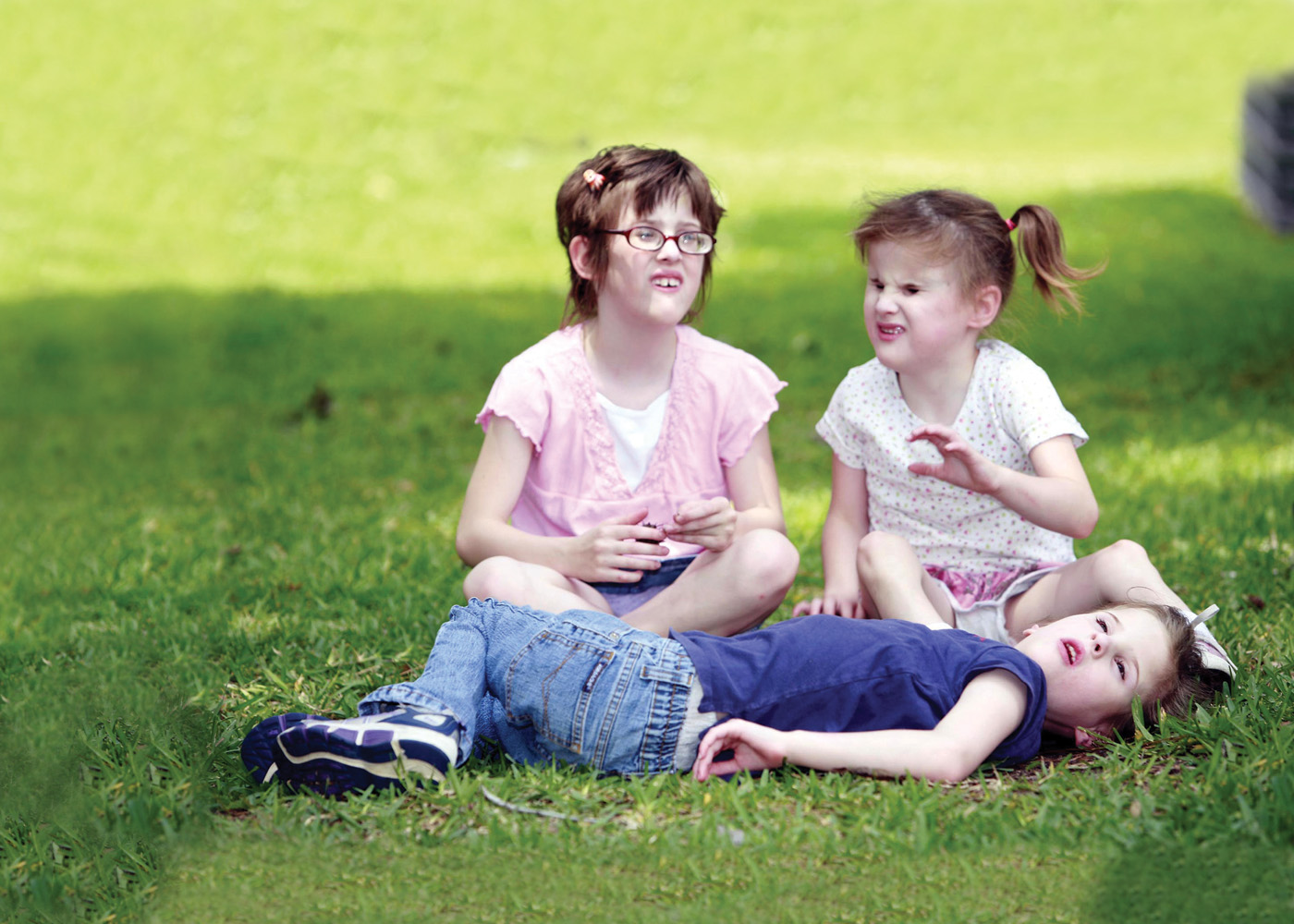
Sensation and Perception
The subject of this chapter is sensation and perception, the absorbing and deciphering of information from the environment. Sensation is the process by which receptors in our sensory organs (such as in the eyes, ears, nose, mouth, skin and other tissues) and the nervous system receive and detect stimuli. Perception is the process through which information about these stimuli is organized, interpreted, and transformed into something meaningful. Sensation and perception work closely together to provide you with the experience of the world around you and inside you. The connection between sensation and perception allows you to experience the surrounding world as coherent and meaningful. But how does this happen without your effort or knowledge? How does the vast amount of stimuli outside and inside of your body get transformed into experiences that seem so personal—how do beams of light get turned into an image of a beautifully colored sunrise, and chemical sensations converted into your experience of a sweet strawberry? Let’s find out.
Note: Quotations attributed to Liz Allen are personal communications.
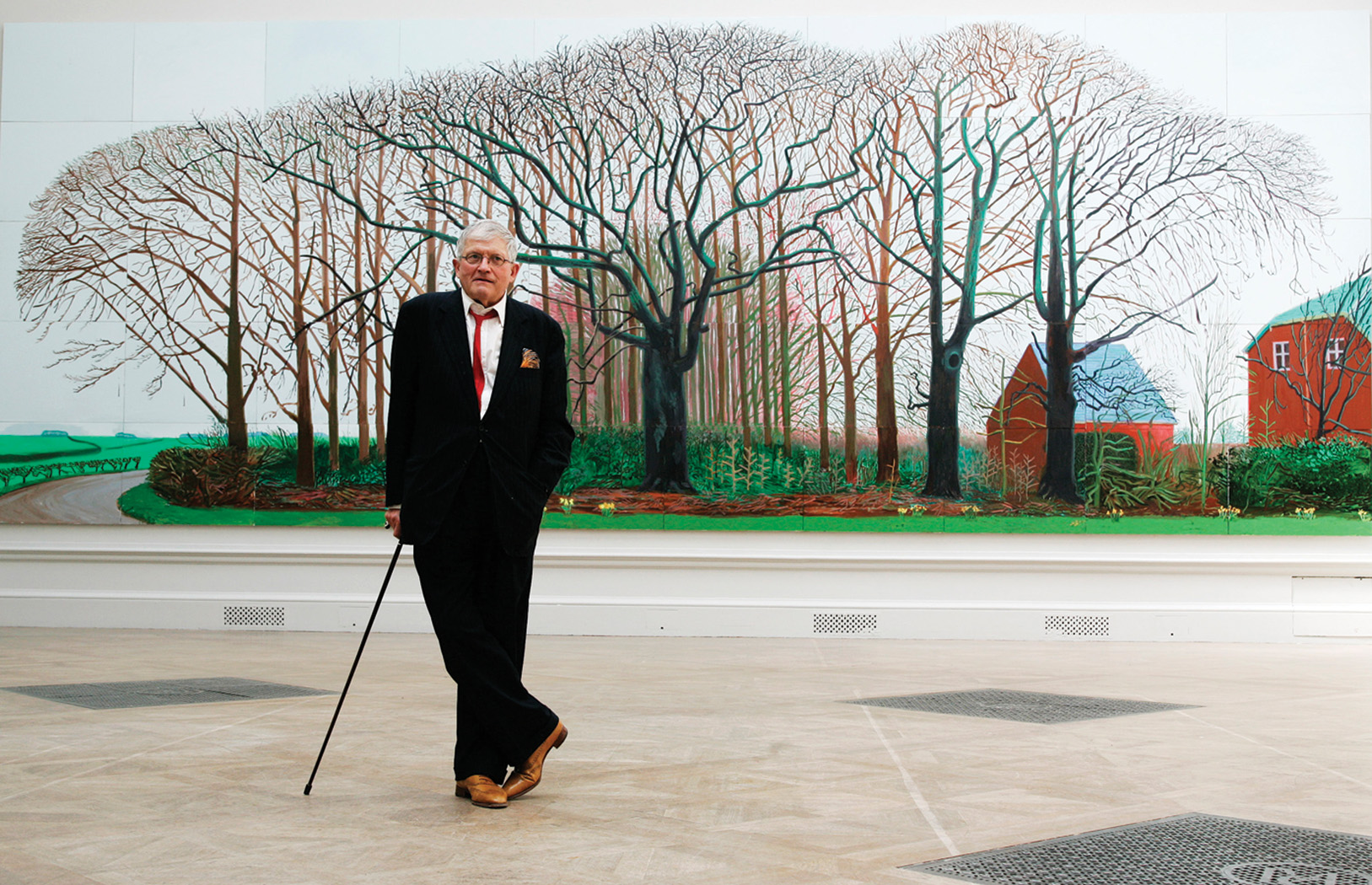
Transduction
LO 2 Define transduction and explain how it relates to sensation.
Sensation begins when your sensory systems receive input from the environment. Each of your sensory systems is designed to respond to stimuli of a certain kind. Light waves and sound waves accost your eyes and ears, heat waves bathe your skin, molecules of different chemical compositions float into your nostrils and descend upon your taste buds, and physical objects push against you (for example, the chair pushing against your back and the clothing gently pressing against your skin). But none of these stimuli can have an impact on your brain unless they are translated into a language it understands: electrical and chemical signals. This is the job of the specialized sensory cells located in the back of your eyes, the caverns of your ears and nose, the spongy surface of your tongue and within your skin, muscle, and other tissues. The process of transforming stimuli into the electrical and chemical signals of neurons is called transduction, and it is the first step of sensation. The neural signals are then processed by the central nervous system, resulting in what we consciously experience as sensations (seeing a person’s face or smelling smoke).
CONNECTIONS
In Chapter 2, we described how neurons work together to shape our experiences. The electrical signals are active within the axon, and the chemical signals are at work in the synapse.
CONNECTIONS
As discussed in Chapter 2, the brain and the spinal cord make up the central nervous system. The peripheral nervous system includes the somatic and autonomic branches of the nervous system.
In order for sensations to be useful, we must assign meaning to them (that face belongs to my girlfriend or the scent of smoke signals fire). This process of organizing and understanding incoming information is perception. Sensation is seeing a red burner on the stove; perception is thinking hot. Sensation is hearing a loud, shrill tone; perception is recognizing it as the warning sound of a fire alarm. In this chapter, we describe and explain sensation and perception as two distinct events, but there is no physical boundary in the brain marking the end of sensation and the beginning of perception. The processing of stimuli into sensations and perceptions happens quickly and effortlessly.
Data-Based and Knowledge-Based Processing
Psychologists often distinguish between two ways that we process sensory and perceptual information. Data-based processing describes how the brain takes basic sensory information and processes the incoming stimuli. Knowledge-based processing generally involves the next step, utilizing our past experiences and knowledge to understand sensory information. Data-based processing is the equivalent to what cameras and video recorders do best—collect data without any preconceived notions or expectations. Knowledge-based processing is the arena where humans excel. Our brain constructs a representation of the world based on what we have learned and experienced in the past.
How do these concepts figure into psychology, the scientific study of behavior and mental processes? Sensation and perception are the starting points for every psychological process you can imagine, from problem-solving to building relationships. Psychologists continue to discover the many ways that sensation and perception affect such processes. How do they do it? Through careful and systematic observation of behavior.
Studying Sensation
Liz began to suspect that her triplets had vision and hearing impairments when she noticed irregularities in their behavior. When Zoe lost her hearing, for example, she became frustrated with one of her favorite toys—a cube that made music when she pushed its buttons. Liz’s careful observation of her daughter’s behaviors prompted her to consult a specialist. Eventually, it became clear that there was a problem with the sensory receptors in Zoe’s ears, but Liz initially noticed a behavioral change.
Human Sensation
Studying sensation means studying human beings, and humans are complex and variable. Not everyone is born with the same collection of stimulus-detecting equipment. Some people have eyes that see 20/20; others have been wearing glasses since they were toddlers. There is even variation within a given individual. The ability to detect faint stimuli, for instance, depends on your state of mind and body (such as how preoccupied or bored you happen to be, how stressed you feel, or whether you’ve had your morning cup of coffee).
This variability in our ability to sense can have profound consequences. If you get in the car immediately following a heated argument with your spouse, you may be less likely to notice (that is, sense) the bicyclist in your rearview mirror—who on any other day would catch your eye. Research has found that, although approximately 2% of people might be able to multitask flawlessly, the great majority of us are limited in our ability to attend to our environments, especially when we are focusing on more than one task that demands our attention (Watson & Strayer, 2010). In particular, and perhaps of interest to you, researchers have demonstrated that activities used for social purposes, such as Facebook and text messaging, are linked with poorer grades in college students (Junco & Cotten, 2012). Unfortunately, human beings do not have sensory organs that are equivalent to light meters, sound meters, motion detectors, and thermometers. Our sensory systems are prone to interferences from outside and within, which challenge psychologists as they search for ways to accurately measure sensory abilities.
Absolute Thresholds
LO 3 Describe and differentiate between absolute thresholds and difference thresholds.
Researchers can determine various types of sensory thresholds, which are the smallest levels of stimulation people can detect. One particular interest of psychologists is to determine absolute thresholds, defined as the weakest stimuli that can be detected 50% of the time. The absolute threshold commonly cited for vision, for instance, is described as the equivalent of being able to see the flame of one candle 30 miles away 50% of the time (Galanter, 1962). But, remember, the state of a person’s body and mind can influence his ability to sense a faint stimulus. Infographic 3.1 lists absolute thresholds for the population (Galanter, 1962), but consider these with the warning that absolute thresholds are not necessarily absolute for a particular person over time. Absolute thresholds are important, but there is more to sensation than noting the presence of a stimulus. Many everyday sensory experiences involve detecting changes in environmental stimuli.
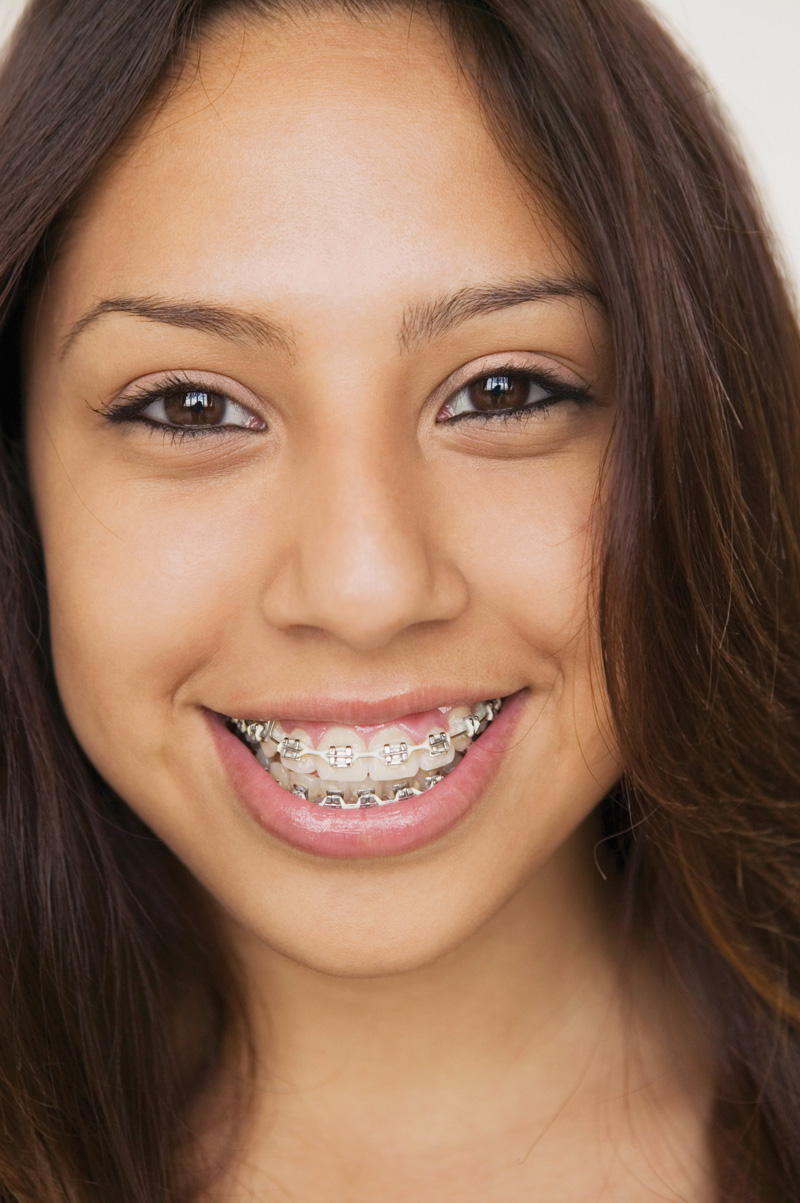
Sensory Adaptation
Have you ever put on cologne or perfume and wondered if it was too strong, but within a matter of minutes you don’t even notice it? Or, have you ever jumped into an ice-cold swimming pool and not noticed the frigid temperature 30 minutes later? Our sensory receptors become less sensitive to constant stimuli through a process called sensory adaptation, a natural lessening of awareness of unchanging conditions. This allows us to focus instead on changes in our environment—a skill that has proven invaluable for survival.
CONNECTIONS
In Chapter 1, we presented the evolutionary perspective. Here, it is used to explain how sensory adaptation has evolved and contributed to the safety of humans. By ignoring unchanging stimuli, we are better prepared to detect changes in the environment. For our ancestors, picking up new information often meant the difference between life and death.
Difference Thresholds
Intrigued by this keen sensitivity to change, early psychologists decided to figure out how different two stimuli needed to be in order for someone to notice. Through careful experimentation, they established various difference thresholds, or the minimum differences between two stimuli noticed 50% of the time.
Let’s say you are blindfolded, holding a 100-gram stick of butter, and somebody places a thinly sliced pat of butter weighing only 0.5 grams on top of the stick (adding 0.5% of the weight of the stick of butter). Do you think you’d notice the added weight of the pat of butter? Probably not. But if someone added a much larger pat of butter on top, say, a pat weighing 5 grams (5% of the weight of the stick of butter), then you would almost definitely notice the change, right? Somewhere in between that tiny pat and the larger pat of butter is the difference threshold. In fact, the just noticeable difference for weight is 2%, which is the amount of added weight needed for you to feel the difference 50% of the time. Getting back to our stick of butter (which is getting a little soft now), we only need to add a slice of butter weighing 2 grams (2% of the weight of the stick) for you to notice someone has added to your burden. What if you were holding 500 grams (or 5 sticks) of butter? How much would need to be added for you to detect the difference in weight*?

INFOGRAPHIC 3.1: Studying Sensation
An airplane manufacturer designs a control panel covered with dials and lights. In addition to checking the panel in a factory setting, the manufacturer must also be sure the panel works for the people who will be using it. For example, will pilots notice when a warning light is on?
Human factors engineers study how sensation and perception interact with machines and equipment. A pilot might be tested to see how dim a light she can detect 50% of the time (absolute threshold). A pilot might also be tested to determine how different the intensity of two lights would have to be for her to detect a change 50% of the time (difference threshold). Using information gathered by a human factors engineer, the manufacturer could accurately set the brightness of lights on the panel.
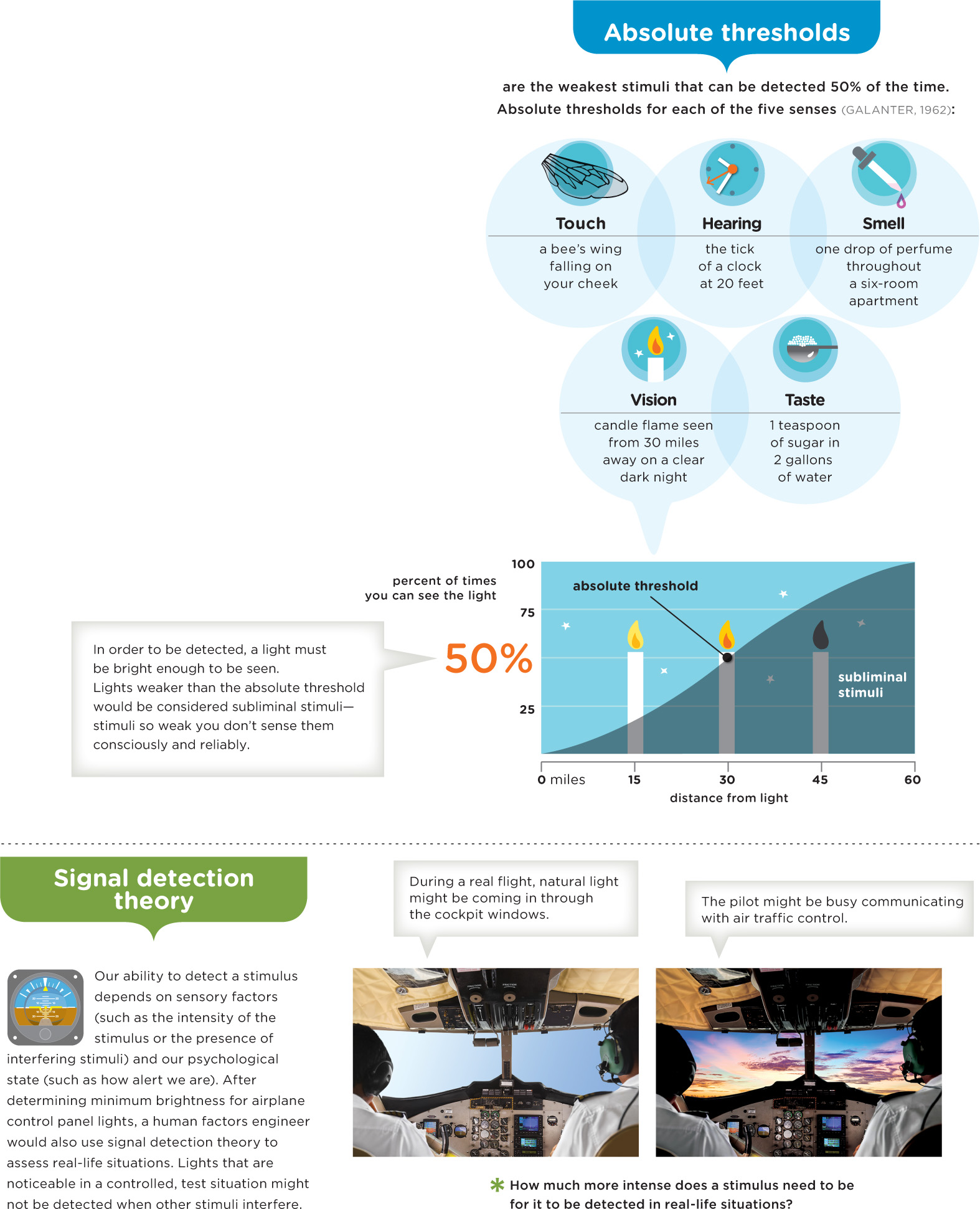
Difference thresholds vary slightly from person to person because each of us has a unique sensory toolkit. But is there variation across people from different cultures? In a recent study, researchers compared participants’ ability to detect changes to pictures (for example, their brightness and color) of flowers, balloons, rabbits, and other objects (see photo). The just noticeable difference was the same for the Chinese and Dutch participants “for most images” (Qin, Ge, Yin, Xia, & Heynderickx, 2010, p. 25). The implication is that this aspect of sensation and perception might not be influenced by cultural factors.
CONNECTIONS
In Chapter 1, we presented the sociocultural perspective, which helps us to understand how some behaviors differ across cultures, and how others are universal. Here, the sociocultural perspective is used to explain how difference thresholds are the same across cultures.
Weber’s Law
According to Ernst Heinrich Weber (1795–1878), thresholds are determined by ratios, not absolute numbers. Let’s go back to our butter example. When we started with 100 grams of butter, we needed to add 2 grams to detect a difference—a ratio of 2/100 (that is, a 2% difference between 100 and 102 grams). If we started with 200 grams and added just 2 grams, we would not feel the difference; instead, we would need to add 4 grams to feel the difference (4/200 is equivalent to 2/100 or 2%). Weber’s law states that the ratios, not the raw number values, determine these difference thresholds. The five senses each have their own constant Weber ratios.
Subliminal Influences
The absolute thresholds and difference thresholds discussed above pertain to stimuli that we can detect 50% of the time. What about stimuli below these thresholds? Do subliminal stimuli, which are well below our absolute thresholds (such as light that is too dim to see and sounds that are too faint to hear), have an impact on us? Perhaps you have heard of “subliminal advertising,” or stealthy attempts by marketers to woo you into buying their products without you even being aware. Here’s an example: You’re watching a movie and suddenly the words “Buy Popcorn!” flash across the screen, but only for a few milliseconds. Your sensory receptors may detect this fleeting stimulus, but so briefly that it never penetrates your awareness; that is, you don’t even notice it. To what degree, if at all, does this stimulus register on a “subconscious” level? According to urban myth, subliminal marketing can make you run out and buy popcorn, soft drinks, or whatever products happen to be advertised. But these messages cannot affect behavior in this way. They cannot manipulate you to purchase something you had not planned on purchasing, or to quit smoking, for example (Karremans, Stroebe, & Claus, 2006).
CONNECTIONS
In Chapter 1, we discussed critical thinking and psychomythology. The claim that subliminal advertising can make us buy things we don’t want is an example of this type of “misinformation” about human behavior. An important component of critical thinking is determining if there is scientific evidence to support or refute claims conveyed in urban myths.
Findings from neuroimaging studies have shown that neural activity is evident with the “subliminal presentation” of stimuli (Kouider & Dehaene, 2007). The brain does respond to information presented at an unconscious or nonconscious level. What subliminal messages may be able to do is influence fleeting moods through priming (stimulating memories beneath awareness through previous exposure; Chapter 6). One study found that if you expose people to ugly scenes (for example, pictures of dead bodies or buckets of snakes) for several milliseconds (thus “priming” them) and then ask them to look at a neutral picture of a woman’s face, people rate her as more unlikable than if they had been exposed to feel-good subliminal images (such as pictures of kittens and bridal couples) (Krosnick, Betz, Jussim, & Lynn, 1992).
Thus far, we have focused on the stimulus itself. But what about other environmental factors, such as background stimuli competing for the observer’s attention, or internal factors like the observer’s state of mind—do these variables enter the equation as well?
Signal Detection Theory
Our ability to detect weak stimuli in the environment is based on many factors, and the theory that draws them all together is called signal detection theory (Infographic 3.1). Factors such as the internal and external “noise” in our environment can interfere with our ability to detect weak signals. Imagine you are participating in an experiment studying the detection of weak stimuli, and the researcher tells you to push a button when you see a light flash. The strength of the light will range from some flashes you will clearly notice to others you might not even detect. There will probably be some false alarms: “I think I saw the light,” you press the button, and it turns out no light flash occurred. There will also be some “hits”: “I know I saw a light that time,” so you press the button, and you are correct. How many hits and false alarms you have depends on many internal factors, including how tired you are, if you have eaten, your expectations about the importance of success, your motivation, and so on. It also depends on external variables, such as the light level in the room and the dust in the air.
Signal detection theory is useful in a variety of real-world situations. In one study, researchers applied the theory to explain how nurses respond and make decisions about patient safety—how background noises influence their ability to hear patient alarm monitors, for example. One of the specific issues raised by these researchers was the impact of “missed signals,” that is, medical errors resulting from interference with the nurses’ ability to detect and interpret patient signs and symptoms (Despins, Scott-Cawiezell, & Rouder, 2010). In situations like these, the ability to sense and perceive may have life or death implications.
Sensation and perception make it possible for us to know the surrounding world. We rely on sensation, transduction, and perception to translate stimuli into electrical and chemical activity in the nervous system. Amazingly, this activity becomes our sensory experiences: an image of a billowy white cloud, the sound of a bird singing, the tickle of a breeze over the skin, and the smell and taste of sweet lemonade. But how exactly does the process work for each of the five senses? Let’s start by exploring the sense that is generally considered most dominant: vision.
show what you know
Question 3.1
1. __________ makes the information received by the sensory receptors more meaningful by drawing from experience to organize and interpret sensory data.
- Perception
- Transduction
- Sensation
- Signal detection
a. Perception
Question 3.2
2. Imagine you have been asked to watch a neighbor’s property while she is away. According to signal detection theory, what factors may influence your ability to detect an intruder’s flashlight in the middle of the night?
Signal detection theory states that various sensory factors and a person’s psychological state influence the ability to detect weak signals in the environment. Some things that may influence one’s ability to detect an intruder’s flashlight include the intensity of the light, level of alertness, the expectations about one’s role, and other interfering stimuli in the environment.
Question 3.3
3. At the supermarket, a woman next to you in line has some very strong-smelling cheese in her basket. You notice the odor immediately, but within a matter of minutes you can barely detect it. This reduced sensitivity to a constant smell results from the process of:
- sensation.
- transduction.
- perception.
- sensory adaptation.
d. sensory adaptation.
